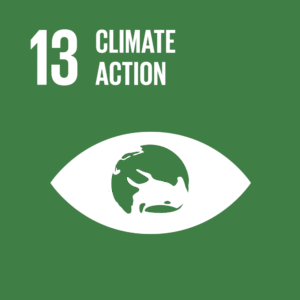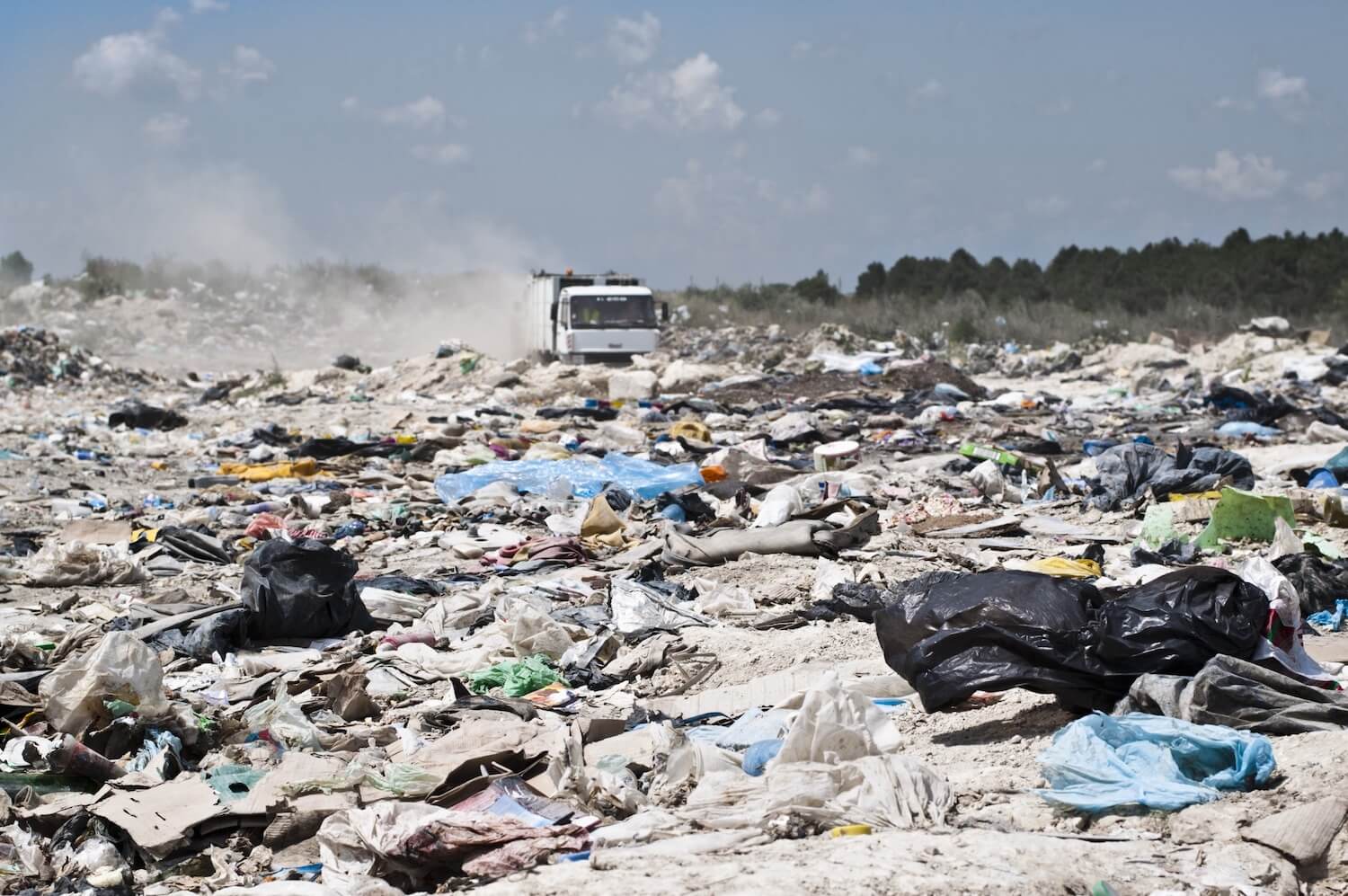Target Setting
When Should You Set Sustainability Targets? Are Your Targets RIGHT?
After gathering and analyzing your data, it’s time to set your sustainability targets. Be ALERT! — ensure your goals ALIGN with national and international standards, as well as industry best practices. Whether you’re launching a new initiative, planning strategically, or responding to regulations, target setting is your next CRUCIAL step.
Setting the right targets ensures your sustainability efforts are focused, measurable, and truly impactful. Ready to make a difference? Start with the right targets!
Target Setting
01
Near Term Targets
02
Near term maintenance targets
03
Long term targets (Net zero)
04
Others
- UNFCCC Race to Zero campaign
- Pledge to Net Zero
- UN Global Compact

EIGHT TARGETS FOR UN SECRETARIAT CLIMATE ACTION
Carbon Emissions
Absolute and per capita reductions of 25% by 2025 and 45% by 2030.
Electricity Consumption
Per capita reductions of 20% by 2025 and 35% by 2030.
Renewable Energy
40% by 2025 and 80% by 2030 of consumed electricity.
Commercial Air Travel
Per capita emissions reductions of 10% by 2025 and 15% by 2030.
Events
100% of events (over 300 participants) meet established sustainability standards.
Climate Neutrality
100% of unavoidable carbon emissions are offset yearly from 2019 via certified carbon credits.
Operational Efficiencies
Demonstrated long term economic benefits from the Plan implementation.
Sustainable Development Co-benefits
Demonstrated increase in climate smart sustainable development benefits to local communities from Plan implementation.
Source: UN secretariat
Malaysia Decarbonization Target
When setting targets, we account for both international benchmarks as well as national targets and industry standards. This ensures that your targets cover all critical actions. Examples of key climate targets you should be aware of includes:
Global Level Targets:

UNFCCC – Paris Agreement
to hold “the increase in the global average temperature to well below 2°C above pre-industrial levels” and pursue efforts “to limit the temperature increase to 1.5°C above pre-industrial levels.”
Read more: Paris Agreement | UNFCCC

UNSDG – 13 Climate Action
- Target13.1 – Strengthen resilience and adaptive capacity to climate related disasters
- Target13.2 – Integrate climate change measures into policies and planning
- Target13.3 – Build knowledge and capacity to meet climate change
- Target13.4 – Implement the un framework convention on climate change
- Target13.5 – Promote mechanisms to raise capacity for planning and management
Read more: Goal 13: Climate action
National Level Targets:

UNDP – Nationally determined contributions (NDCs)
- Malaysia to cut carbon intensity by 45% by 2030 compared to 2005 levels
- covers seven greenhouse gases (previously only 3 GHG covered)
Read more: MY NDC _Jul2021

Malaysia frameworks
- Reduce hydrochlorofluorocarbon (HCFC) consumption by 67% in 2025
- Committed to Net Zero by 2050
- Increase Renewable Energy share in the national energy mix to 31% by 2025, achieve 45% by 2030, and reach 70% by 2050.
- No new coal power plant
- Low-carbon fuel penetration of 40% by 2050 in marine transport
- towards zero single-use plastics in Malaysia by 2030
Read more: 12thMP; NETR; NIMP 2030, Malaysia Roadmap 2018-2030
Achieving Decarbonization Begins with Setting Ambitious Targets
Establishing company-wide decarbonization targets is a complex process that necessitates a thorough understanding of various decarbonization pathways and reduction strategies.
In an era where climate change poses an unprecedented challenge to global sustainability, organizations are under increasing pressure to reduce their carbon footprints. We are dedicated to assisting businesses in setting and achieving ambitious decarbonization targets through science-based methodologies.
Have you set your baseline? Showcase your commitment to tackling the climate and environmental emergency.
Why Target Setting is Crucial in Combating Greenhouse Gas Emissions
As Our World in Data highlights, greenhouse gas emissions continue to rise globally, despite widespread awareness of their devastating impact on our planet. Emissions from energy, transportation, agriculture, and industry are significant contributors to climate change, and reversing this trend demands coordinated and ambitious action.
In 2022, global greenhouse gas emissions reached a staggering 58 billion tons, marking the highest annual level ever recorded. Unfortunately, this trend continued in 2023, with carbon dioxide emissions from fossil fuels alone projected to exceed 40 billion tons. This alarming emissions emphasizes the critical need for setting and achieving meaningful climate targets.
Target setting, therefore, is not just a technical exercise; it is a crucial tool for driving systemic change and transitioning to a low-carbon future. By establishing clear, science-based targets, businesses and governments can play an active role in addressing this global crisis.
At IvyGreen Solutions, we recognize that setting robust targets is the foundation of successful decarbonization efforts. With clear goals in place, businesses can lead the way in reducing emissions and contributing to the global fight against climate change.

Source: OurWorldInData
The graph shows the Global Greenhouse Gas Emissions over the years. Since the Industrial Revolution, greenhouse gas emissions have surged due to various anthropogenic activities. The chart shows a sharp escalation in emissions, surpassing 50 billion tons of CO2e by 2022. indicating the urgent need for stronger actions to mitigate climate change and limit global warming
The Urgency of Action: Our Carbon Budget is Running Out
At the current pace, the world is emitting over 1,337 tons of CO₂ per second, rapidly depleting the remaining carbon budget that stands between us and irreversible climate impacts. To keep global warming below 1.5°C, immediate and decisive action is crucial. Every second counts in this race against time. Let’s commit to reducing emissions now, before it’s too late.
Explore more about the carbon budget and our responsibility to act HERE.






